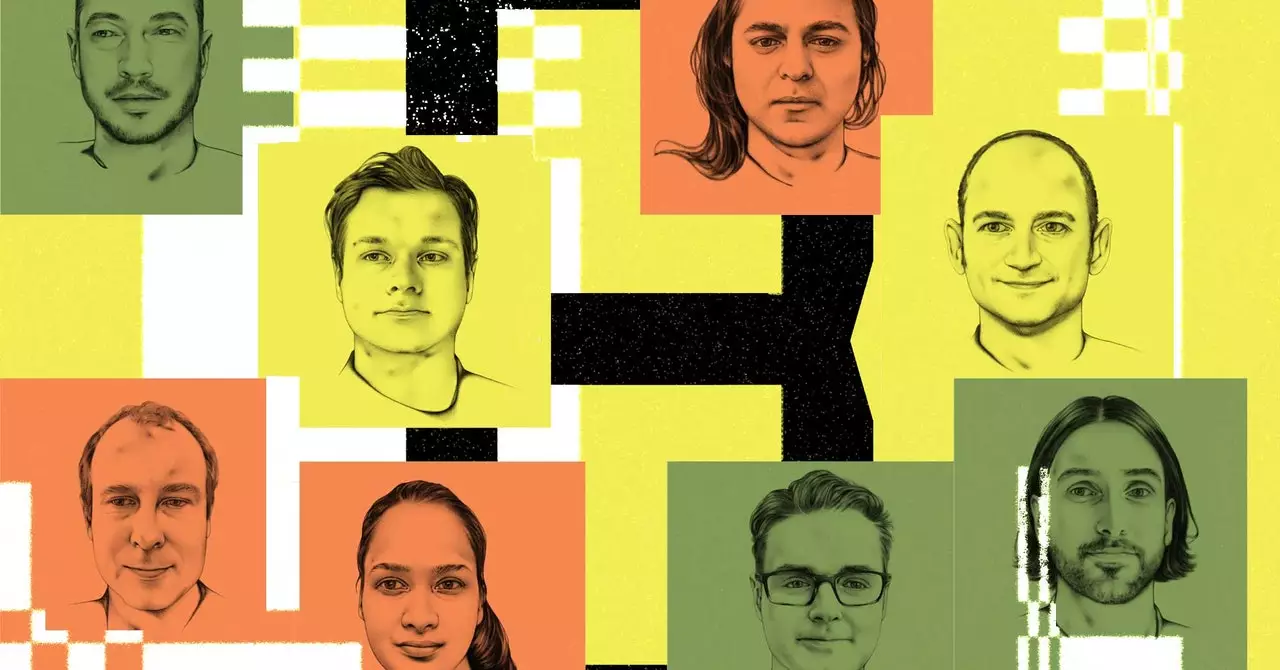As the deadline approached, the team found themselves in a frenzy of activity. Despite having desks in Building 1945, most team members were working tirelessly in Building 1965, drawn in by the allure of a better espresso machine in the micro-kitchen. The intern, Gomez, vividly remembers the intense debugging frenzy that consumed their days and nights. The team engaged in ablations, a process of stripping down elements to test their impact on the final outcome. This involved experimenting with various tricks and modules, constantly questioning what works and what doesn’t. This high-paced, iterative trial and error process led to the creation of what would later be known as the transformer.
During one late night of working on the project, Vaswani found himself crashing on an office couch, staring at the curtains that separated him from the rest of the room. In a moment of clarity, he saw the intricate pattern on the fabric as synapses and neurons, an epiphany that hinted at the project’s potential beyond machine translation. The vision of uniting various modalities such as speech, audio, and vision under a single architecture fueled Vaswani’s belief that they were onto something revolutionary, something that transcended the boundaries of traditional AI.
While the team toiled away on their project, the higher-ups at Google viewed it as just another interesting AI endeavor. The lack of regular updates from their bosses did not deter the team’s belief in the project’s significance. They were driven by the idea of applying transformer models to a wide array of human expressions beyond text. This forward-looking approach led them to anticipate tackling problems related to images, audio, and video, signaling a shift towards a more comprehensive understanding of human-machine interactions.
Just a few nights before the deadline, the team realized the importance of having a catchy title for their paper. Jones suggested a radical departure from conventional practices by focusing solely on one key technique: attention. Drawing inspiration from The Beatles’ song “All You Need Is Love,” the team settled on the title “Attention Is All You Need.” This bold choice encapsulated their belief in the transformative power of attention-based models and set the stage for the project’s future trajectory.
As the deadline loomed closer, the team frantically collected results from their experiments. The final English-French numbers arrived mere minutes before the submission deadline, with Parmar recounting the suspenseful moment of inputting the last number in the micro-kitchen of Building 1965. With barely two minutes to spare, the team hit the send button, marking the culmination of their relentless effort and determination.
The journey of creating a revolutionary AI project is one filled with late nights, intense experimentation, and unwavering belief in the potential of innovative ideas. The team’s dedication to pushing the boundaries of traditional AI frameworks ultimately led them to pave the way for future advancements in the field. The story of their transformative project serves as a testament to the power of collaboration, vision, and perseverance in the face of daunting challenges.


Leave a Reply